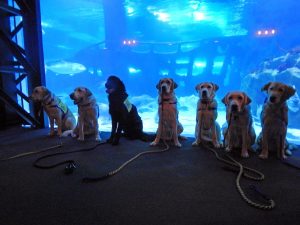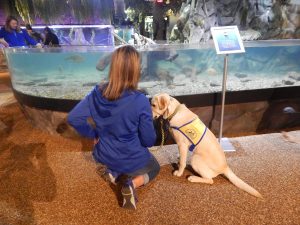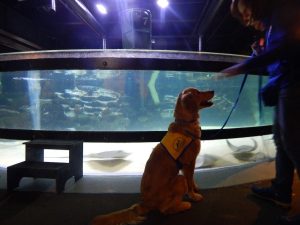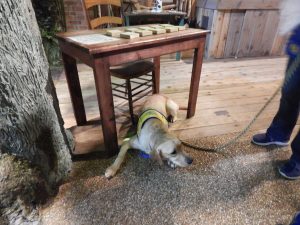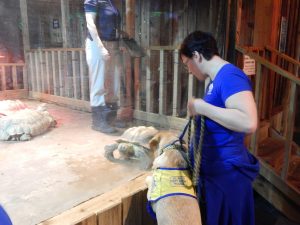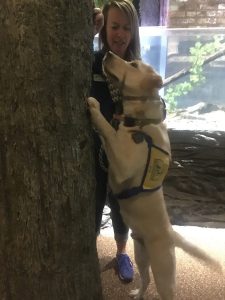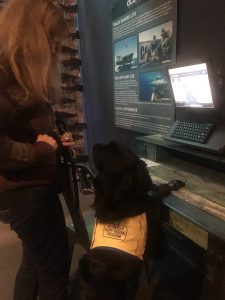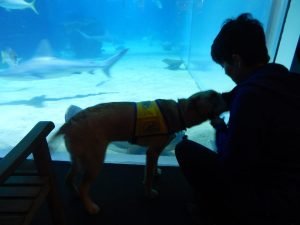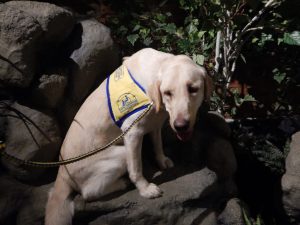Five Things I Learned from Fin Fest
It’s hard to believe our week-long celebration of sharks has come and gone. While admiring the five types of sharks we have here every single day is a large perk of working at the Greater Cleveland Aquarium, Fin Fest led me to a deeper appreciation of these animals. Even though the media often portrays them as a terrifying, there’s actually much more to revere than to fear when it comes to sharks. Here are a few Fin Fest facts that stuck in my mind:
- Humans kill an estimated 100 million sharks every year just for their fins.
While some sharks are allowed to be caught, illegal shark finning occurs when fisherman cut fins off live sharks and dump their bodies into the open ocean. The most popular use for the fins is shark fin soup, a delicacy in Chinese cuisine.
- More people die from carelessly taking selfies than from shark attacks.
From 2005 to 2014, an average of six people per year died globally from shark attacks. But more than 73 people worldwide are reported to have died while taking extreme photos of themselves in the first eight months of 2016 alone. So, not only is a death by Facebook vanity shot statistically more likely than death by shark, but you have better odds of being taken down by lightning or succumbing to the flu than being killed by a shark.
- Sharks have no bones.
Sharks have skeletons made of cartilage. When they die, saltwater can dissolve every part of their bodies except for their teeth.
- Not all sharks need to continuously move forward in order to breathe.
Many sharks swim constantly for buoyancy and to keep oxygen-rich water flowing over their gills. Others, like the nurse sharks in our main exhibit, are able to remain still and draw water into their mouths and over their gills.
- On average, sharks eat a bit less than 2% of their body weight.
In the wild, sharks would eat maybe once a week. At the Aquarium, we pole feed our sharks three times a week, ensuring they’re full (and uninterested in their exhibit cohabitants).
— Morgan Wright, Marketing Assistant









 African Sideneck Turtle
African Sideneck Turtle Yellow-Spotted Amazon River Turtle
Yellow-Spotted Amazon River Turtle Ohio Spotted Turtle
Ohio Spotted Turtle






